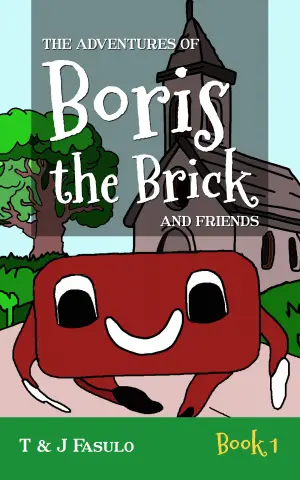
01 May Book Review of Plot & Structure: Techniques and Exercises for Crafting…
A Journey Through Plot & Structure: Finding Your Story’s Heart
As a writer with a passion for storytelling, I can’t help but feel that a strong plot and a well-crafted structure are the backbone of any compelling narrative. This thought spiraled through my mind when I picked up "Plot & Structure: Techniques and Exercises for Crafting Fiction" by James Scott Bell. The book came highly recommended, and I was eager to dive into Bell’s rich pool of insights and share them on my blog.
From the moment I opened the first chapter, I felt as though Bell was sitting across from me at a small café, sharing nuggets of wisdom over steaming cups of coffee. He opens with the idea that every story fundamentally revolves around the journey of a character facing a conflict. This theme resonates powerfully, as it invites you to consider how central a character’s desires—and the obstacles they face—are to a reader’s engagement. Bell explores this concept in a way that feels inviting rather than intimidating, breaking down the complex architecture of storytelling into digestible parts.
The book is peppered with practical exercises that ask you to step away from passive reading into active participation. I found myself jotting down notes, sketching out plots, and even crafting character arcs as I embraced the challenge of Bell’s writing prompts. This interactive approach kept the pacing brisk and engaging, akin to an exciting writing workshop where every page is an invitation to explore your own creativity.
One standout aspect of “Plot & Structure” is Bell’s writing style, which is both conversational and richly detailed. He uses examples from both well-known literature and classic films, illustrating how these successful narratives use tension and conflict to engage their audiences. I particularly resonate with his statement: “Conflict is the engine of your story,” a reminder that the essence of storytelling lies in the struggle, and how characters evolve through it. This emphasis on conflict creates a powerful connection between the reader and the narrative, fueling anticipation for what comes next.
Moreover, as I navigated through Bell’s structured breakdown of various plot types, I found myself reflecting on my previous writing experiences—the moments when I stumbled over a sagging middle or lingered too long in unnecessary details. This book isn’t just a guide; it’s also a mirror reflecting the trials every writer faces. Bell’s insights served as a reassuring reminder that even the most seasoned authors grapple with these challenges.
“Plot & Structure” is not simply for seasoned writers. I can see aspiring authors, literature lovers, and even educators benefiting from Bell’s approach. If you’re someone who enjoys dissecting stories or who yearns to unlock the secrets behind crafting a narrative that resonates, this book is an invaluable resource.
In conclusion, reading "Plot & Structure" was a transformative experience for me. It reignited my passion for writing and clarified the foundational elements that make a story memorable. Whether you’re seeking to sharpen your craft or simply want to explore the intricacies of storytelling, James Scott Bell’s work will both inspire and guide you. So grab your notebook, summon your creativity, and prepare for a delightful journey into the beating heart of narrative!
Discover more about Plot & Structure: Techniques and Exercises for Crafting… on GoodReads >>









